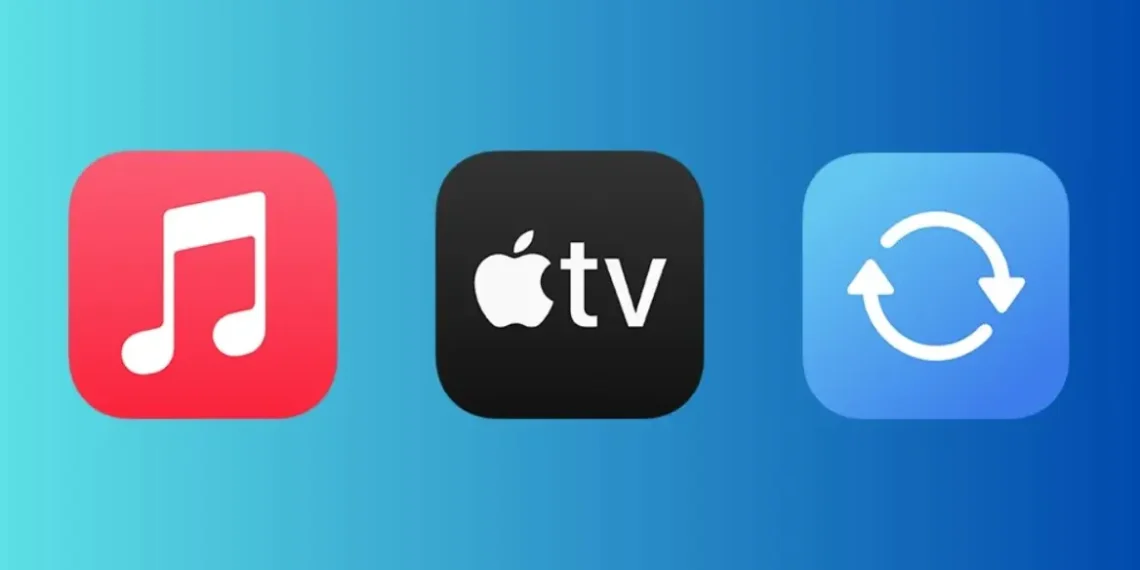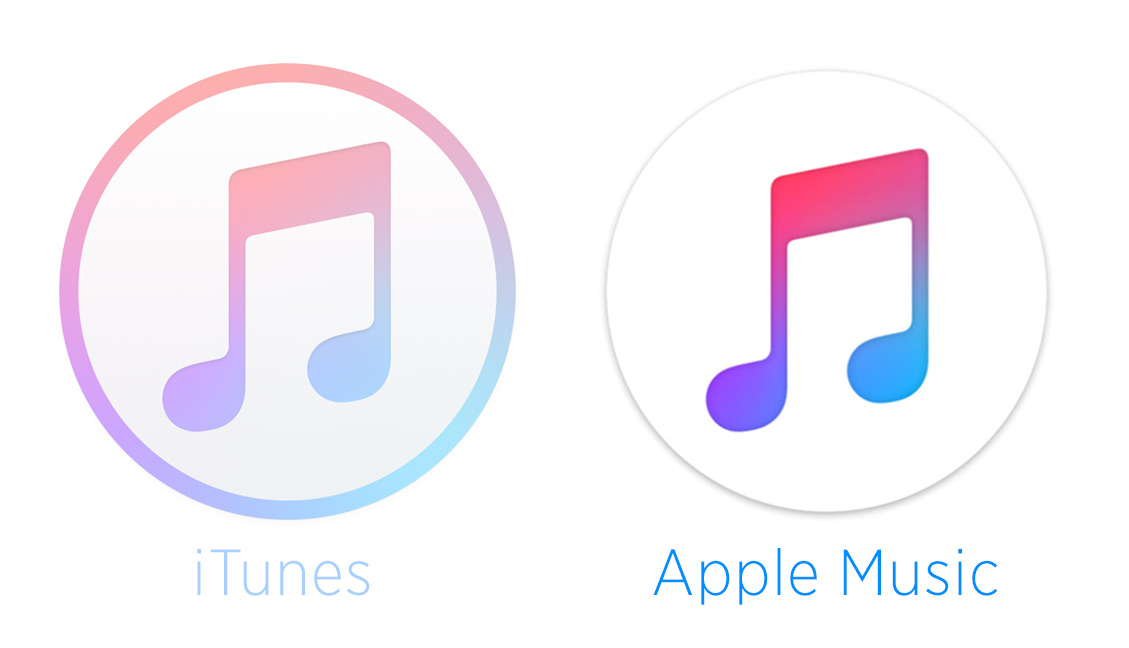In this article, we’ll dive into the features, functionalities, and target audiences of iTunes and Apple Music to help you decide which platform aligns with your music preferences.
In the ever-evolving digital music industry, iTunes and Apple Music have been at the forefront, redefining how we listen to and access music.
Both services originate from Apple Inc., a company known for its groundbreaking innovations. While they share some similarities, these platforms serve distinct purposes, catering to different types of music lovers.
iTunes: A Digital Music Store Legacy
Launched in 2001, iTunes was one of the first legitimate digital music stores, playing a crucial role in the transition from physical media to digital music consumption.
Initially, iTunes allowed users to purchase individual songs or full albums and download them for offline playback. This “pay-per-download” model became widely popular, leading millions of users to build their personal digital music libraries through iTunes.
iTunes serves as a hub for playing, downloading, and organizing digital audio, video, and other media available on the iTunes Store. It runs on macOS and Windows computers, while its store is accessible on iPhones, iPads, and iPods.
It also provides features like a digital music store where users can browse and purchase individual tracks or albums, which are stored in their library and synced across multiple devices.
Once a user buys a song or album, they can download it for offline listening, making it a great choice for users with limited internet access or those who prefer not to rely on streaming.
Additionally, iTunes offers extensive management tools, allowing users to create playlists, sort their collection by genre, artist, and album, and transfer content between devices.
While iTunes initially used Digital Rights Management (DRM) to restrict unauthorized distribution of music files, Apple later removed DRM from most music purchases, giving users greater flexibility in how they access and use their content.
Apple Music: A Comprehensive Streaming Service
Introduced in 2015, Apple Music marked Apple’s official entry into the subscription-based music streaming industry.
Unlike iTunes, which focuses on purchasing and owning music, Apple Music operates on a monthly subscription model, giving users unlimited access to an extensive music catalog. This shift reflected the growing demand for convenience and variety in music consumption.
Apple Music includes curated internet radio stations like Beats 1 and features such as Connect, where artists can share posts, videos, and music directly with fans.
The platform is deeply integrated with Siri, enabling voice-controlled music playback. The service provides an extensive music library with millions of songs available for on-demand streaming, from the latest hits to timeless classics.
Apple Music also offers personalized playlists using advanced algorithms that curate recommendations based on users’ listening habits, including playlists like For You, Favorites Mix, and New Music Mix.
Another feature of Apple Music is its live radio stations, including Beats 1, which features celebrity hosts and exclusive content.
Just like iTunes, Apple Music allows users to download songs and playlists for offline listening, making it convenient for travel and areas with limited internet connectivity. Apple Music also supports a Family Sharing plan, where up to six members can share a single subscription, making it a cost-effective option for households.
iTunes vs. Apple Music: Key Comparisons
Now that we’ve explored the primary features of both services, let’s compare them. iTunes follows a pay-per-download model, where users purchase individual songs or albums for permanent ownership.
In contrast, Apple Music operates on a subscription-based model, where users pay a monthly fee for unlimited access but lose their library if they cancel their subscription. The cost structure also differs—iTunes charges based on individual purchases, while Apple Music has a fixed monthly fee with a free trial period.
In terms of music discovery, iTunes requires users to manually search and buy new music, while Apple Music enhances discovery through personalized recommendations, curated playlists, and algorithm-driven suggestions.
iTunes allows users to have complete control over their purchased music, organizing it as they wish, while Apple Music enables users to create playlists but does not offer the same level of manual organization for purchased tracks.
The fundamental difference between iTunes and Apple Music is how they approach media consumption. iTunes is centered around media ownership, serving as a comprehensive digital media library that includes music, movies, TV shows, podcasts, and more.
Apple Music, however, is a standalone streaming service focused exclusively on music. While iTunes can be used as a media player for purchased content, Apple Music is primarily a streaming platform that cannot function as a standalone media player.
With iTunes, users can sync their media between Apple devices and their computers, whereas Apple Music does not support direct media syncing in the same way.
Additionally, iTunes users can access the iTunes Store directly within the software to browse and buy content, whereas Apple Music functions as a separate streaming platform without an integrated purchasing option.
Choosing Between iTunes and Apple Music
While both iTunes and Apple Music are products of Apple, they cater to different audiences. iTunes is the perfect choice for those who prefer owning their music, curating album collections, and enjoying offline playback without recurring fees. It provides extensive tools for organizing and syncing digital media.
Apple Music, on the other hand, is ideal for listeners who value unlimited streaming, personalized recommendations, and effortless music discovery. It offers a seamless and vast music experience without requiring users to purchase individual tracks.
Ultimately, the decision between iTunes and Apple Music depends on individual listening habits.
Whether you prefer building a permanent digital music library or exploring new music through streaming, both platforms offer powerful solutions that have reshaped the way we experience music. Thanks to these innovative services, accessing and enjoying music has never been easier!





